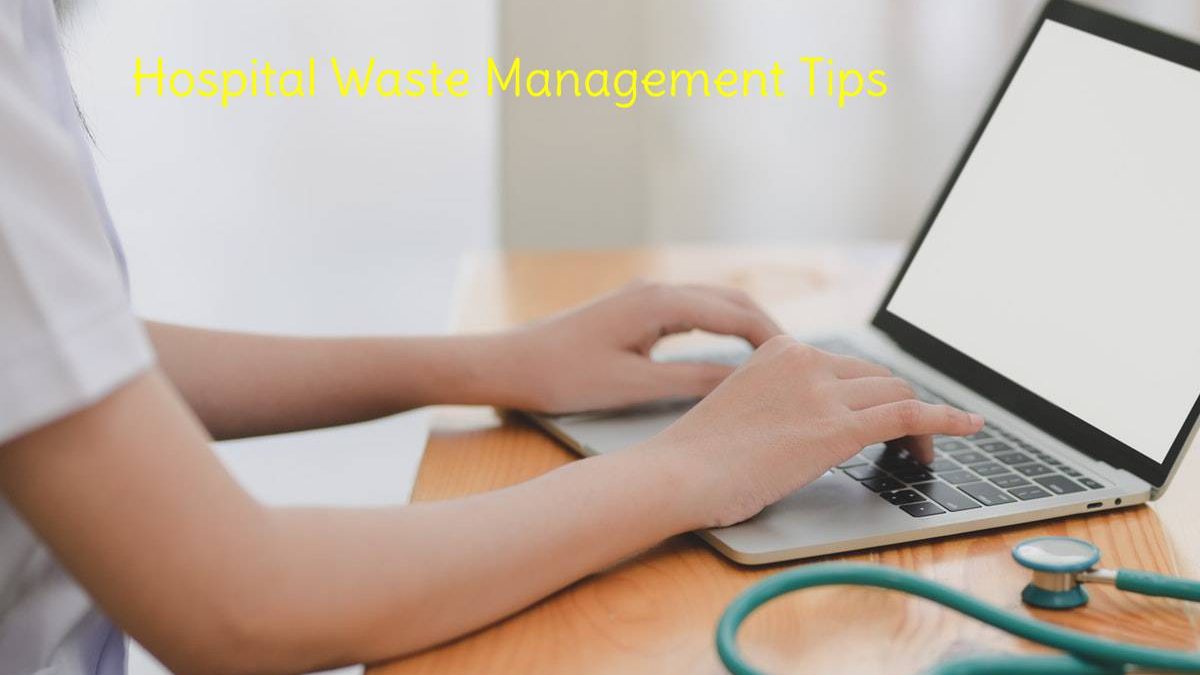Hospital waste management is a system that handles all the wastes from the hospitals. This includes the chemical, infectious, radioactive items, expired pharmaceutical products, and others. Indeed, efficient waste management is very important for hospitals since medical wastes can be dangerous and pathogenic. Non-compliance can lead to serious ramifications, including health risk, the imposition of fines, and damage to the reputation of healthcare providers.
To have sufficient and sustainable hospital waste management, here are some practices to consider:
Be Updated with the State Regulations
Each state or country has its regulations when we talk about medical wastes. Make sure that you keep yourself updated with these regulations and updates. This will help keep your medical facility be compliant with the law. When you do so, it will help keep you and your organization become aware of courses, training, and other resources.
You can use the waste monitoring checklist by Daniels Health hospital waste management to determine your medical waste management’s compliance with the standards. When you perform regular inspections, you can use this checklist to make sure the process is properly implemented.
Thus, this will help you implement proper and sustainable waste management.
Color Code the Waste Bins and Containers
Hospitals can be categorized into different types. Each type will require a different kind of disposal method. When you segregate these different types of medical wastes, it will ensure that each type is discarded, destroyed, or transported properly. With color-coding, it will help prevent larger health issues that arise from mislabeled medical wastes.
Red is for anatomical wastes like blood or any body organs. Orange is for clinical and infectious wastes. Yellow is for clinical and highly infectious wastes. Blue is for medicines or unused drugs. Purple is for cytostatic or cytotoxic products like chemotherapy medicines. Black is for municipal wastes that are not medical or clinical wastes, while white is for dental wastes.
Monitor
You can measure the success of your waste management efforts with the use of a monitoring tool. You can also easily integrate it with your workflow. Conduct regular inspections of your waste management process, starting from segregation, collection, storage, transportation, and disposal.
One monitoring tool that you can use is the digital checklist from Daniels Health hospital waste management. You can easily build it and allow other people to use it to get more things done in a shorter time. With digital checklists, it will help ensure that people get their daily, weekly, and monthly tasks done within the deadline.
Thus, here are some of the practices that you can try to ensure proper hospital waste management. According to research, enforcing proper waste management will benefit your healthcare facility.
First, it can minimize the spread of infectious diseases. It can reduce the risk of accidental injury to your employees, visitors, patients, and even to the community.
Second, it can reduce the contamination of the groundwater and the soil with chemicals or microorganisms.
Third, it can attract fewer rodents or insects, and this will not attract animals.
Lastly, it can help provide a visually appealing atmosphere.

